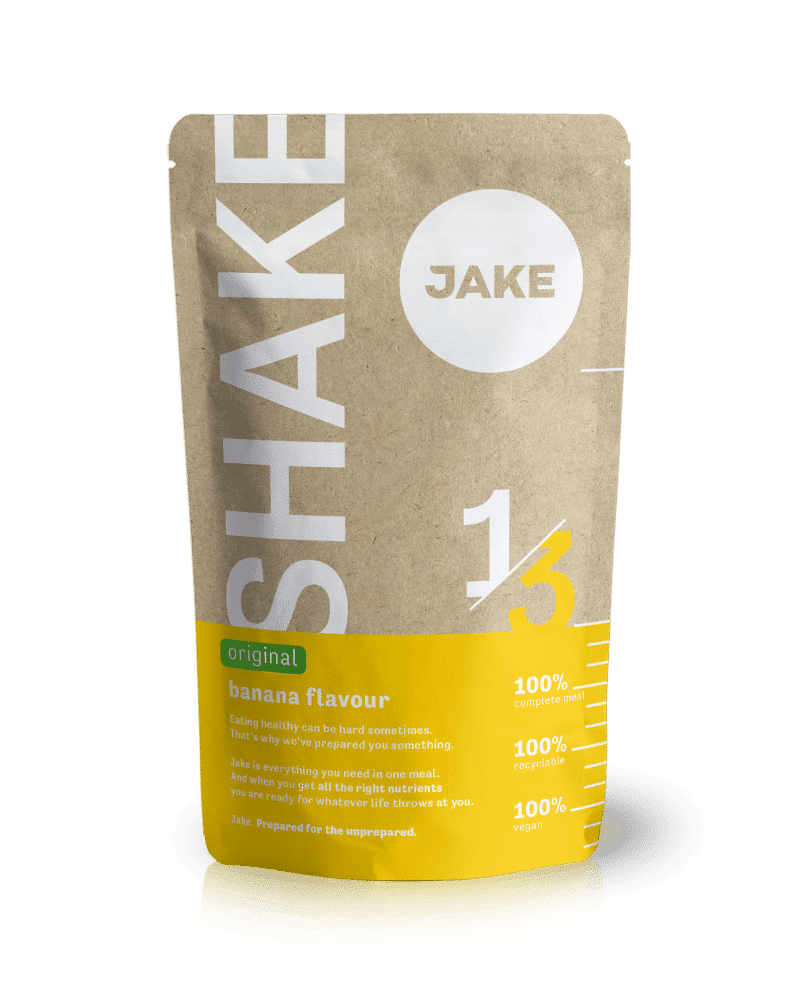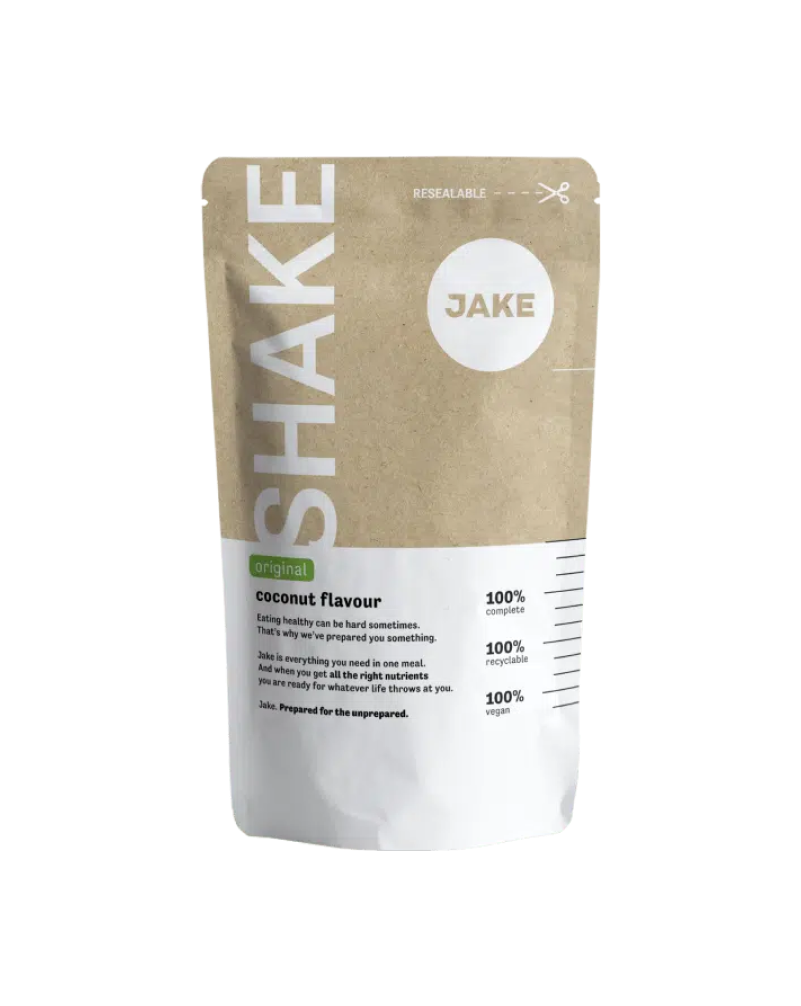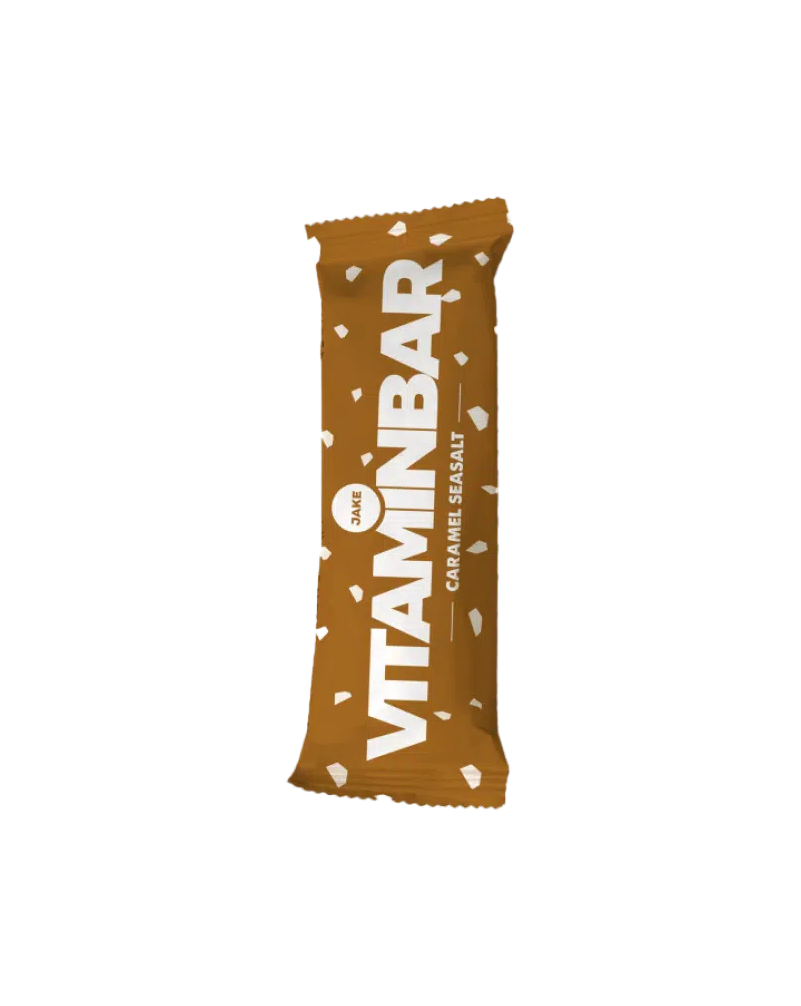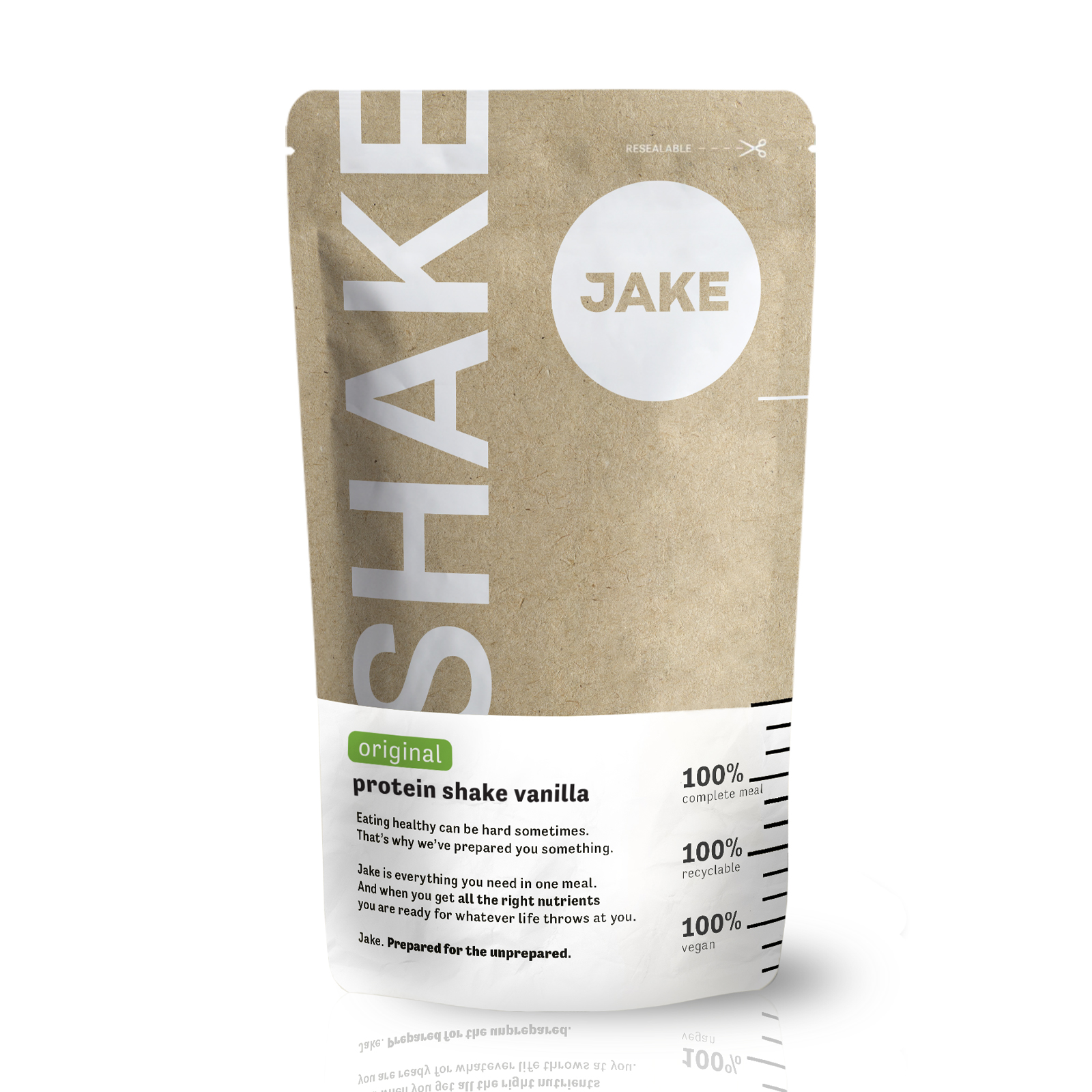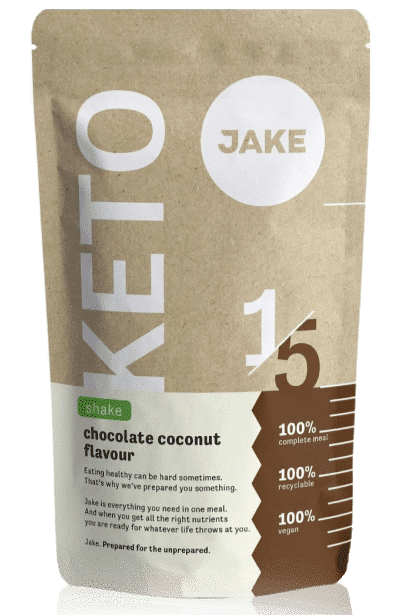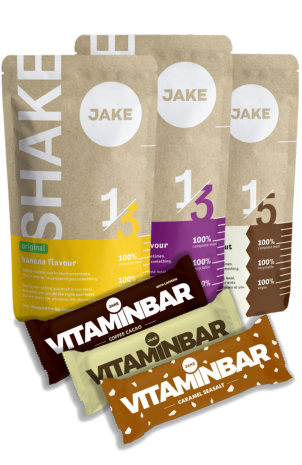4-minute read•February 27th, 2019
Every year in August, thousands of people gather on the streets of Buñol in the east of Spain for a massive fight. A massive fight with tomatoes. By some standards, this might be fun, but by all standards it’s a waste – not only of around 145,000 kg of tomatoes, but also of the close to 25 kg of lycopene in them. And if there’s one thing about lycopene you need to know, it’s that it’s better suited for a fight inside your body than outside. And here are a few more things you might want to know about it.
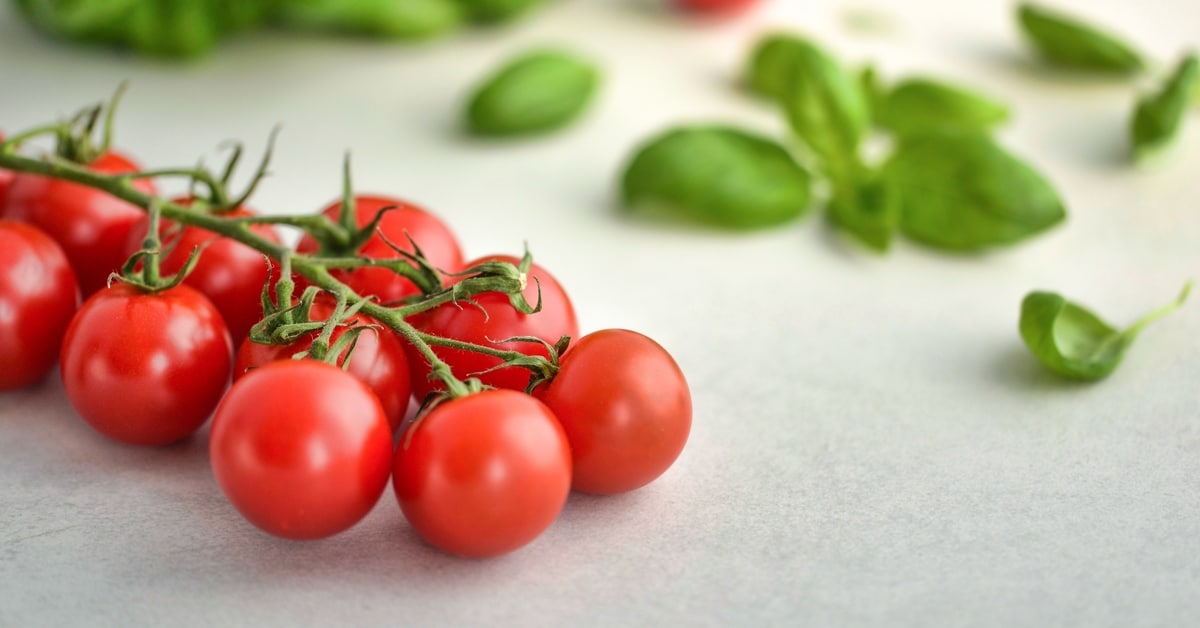
What is lycopene?
Lycopene is a carotene – a type of phytochemicalA phytochemical is a chemical produced by plants and other photosynthetic organisms, usually as protection from predators and diseases. Next to their various functions in plants, phytochemicals have also been used by humans in different ways – as poison or medicine. produced by plants, bacteria and algae. All carotenes, including lycopene, act as antioxidants, protecting cells from damage caused by free radicalsFree radicals are atoms with at least one unpaired electron. Because of their unstable structure, they are highly reactive with other cells and can cause damage to them by stealing their electrons. This is known as oxidation.. Just like other carotenes, lycopene is fat-soluble. However, unlike alpha-carotene or beta-carotene, lycopene can’t be converted into vitamin A. It’s also not an essential nutrient. This means that you don’t have to include it in your diet. But because of its antioxidative function, you might want to.
What is the optimal lycopene intake?
Since lycopene isn’t an essential nutrient, there’s no RDA for it. On the basis of current research, an intake of at least 10mg/day is advisedSource: Harvard Health to get the antioxidative benefits of lycopene.
Lycopene in foods
Most of the lycopene in our diets comes from tomatoes and related products such as ketchup, tomato paste or sauces. But apart from tomatoes, lycopene is also present in many other fruits and vegetables. Most can be recognised by their red colour, although that’s not always a reliable indicator of lycopene content. For example, green vegetables such as asparagus contain lycopene, whereas very red fruits such as strawberries and cherries don’t.
Here’s a list of some of the best lycopene sources:
| Food | Milligrams of lycopene (per serving) |
|---|---|
| Guava (100g) | 5.2 |
| Watermelon (100g) | 4.5 |
| Tomatoes, cooked (100g) | 3 |
| Papaya (100g) | 1.8 |
| Asparagus (100g) | 0.03 |
When you eat lycopene, your body absorbs about 10-30% of it. However, there are two factors that can increase this absorption rate – cooking and the presence of fat. That’s why you’d get more lycopene out of warm tomato sauce made with a bit of olive oil than you would from the raw tomatoes that went into making the sauce.
If you’ve tried Jake, you may have noticed some red dots in your shake. These red dots are lycopene and they come from tomato powder.
How much lycopene is too much?
Lycopene isn’t toxic and there aren’t any harmful effects associated with its intake. Currently, there’s no tolerable upper intake level (UL) for lycopene, but evidence shows that intakes of up to 75 mg/day are safeSource: Regulatory Toxicology and Pharmacology.
This being said, if you’re eating a lot of lycopene-rich foods, you might notice your skin turning an orange-red tint. This condition is known as lycopenemia and although it’s harmless, it’s probably not the look you want. Lycopenemia can be caused by lycopene or other carotenoids in your diet – e.g. alpha-carotene, beta-carotene, lutein or zeaxanthin. It’s difficult to say how much lycopene will cause lycopenemia, but the few documented cases cite intakes such as 2 litres of tomato juice daily for two years or eating one and a half papayas daily for 6 months. So, unless your diet is extreme and/or lacks diversity, you shouldn’t worry too much about turning red.
Take-aways
Here are three things to keep in mind about lycopene:
- It’s not an essential nutrient and you cannot become lycopene deficient.
- You’ll find lycopene mostly in tomatoes and tomato products. Other good sources are guava, watermelon and papaya.
- Lycopene isn’t toxic and too much of it won’t harm you. However, extreme intakes can cause your skin to turn red.
Afraid to miss out on essential nutrients your body needs? You can always take our Jake meal replacement shakes or one of our delicious meal replacement bars.
